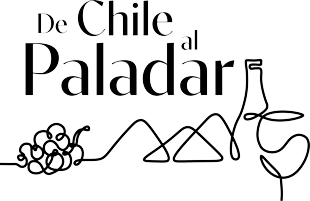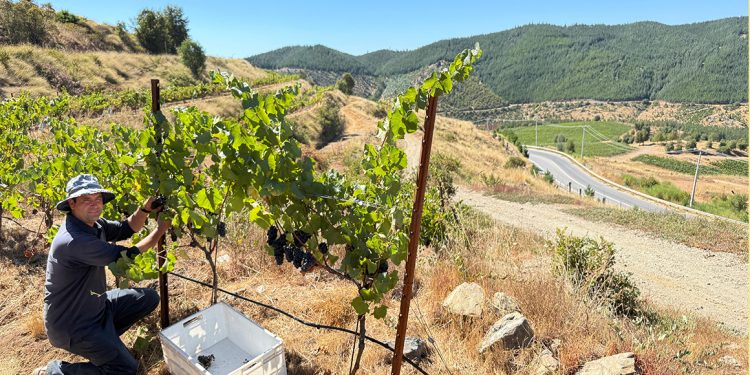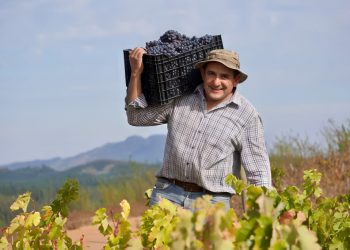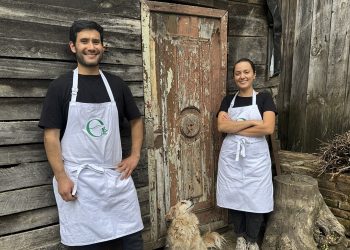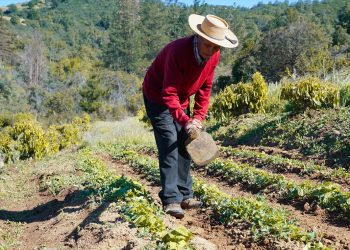The season of harvest is a key period that moves a large part of the Chilean economy. As the main exporter of wines from the New World, the country experiences every year this essential process for viticulture.
Grape harvesting is crucial in each vineyard, as identifying the precise moment for harvesting is fundamental, as it directly influences the characteristics and quality of the grapes. wines to be developed.
For Miguel Torres Chile, always focused on the effects of global climate change, so they are very attentive to the behaviour of the vintages to the new climatic extremes.
The current vintage is no exception, as it was marked by unique conditions, which required meticulous work to guarantee the quality and excellence that distinguish its wines. In this context, the long-awaited harvest at the renowned winery of the Curicó Valley began in late February in its vineyards in the north of the country.
Limarí Valley
The 2025 vintage began on 24 February, 22 days later than the previous season. The chardonnay variety, used for the production of its award-winning Miguel Torres Cordillera chardonnay, developed under climatic conditions marked by a higher amount of rainfall, especially in winter, a key factor in this valley that has suffered years of drought.
The cold winter favoured the accumulation of cold hours, favouring a late but homogeneous bud break. Spring began with low temperatures and light frosts between August and September, although without significant impacts. Subsequently, October and November recorded variable temperatures, which allowed the grapes to set well.
The summer had a cool start, but January and February saw higher temperatures, without reaching extremes. Vineyard health was positive, except for bird damage in some areas. Yields are expected to increase slightly compared to last season, except in areas affected by spring frosts or with bud induction problems due to water shortages in the previous season.
The quality of the grapes is excellent, with an optimum balance between sugars and acids, with the salinity, minerality and excellent concentration characteristic of wines from this area.
In the Central Zone: warm harvest, early harvest, and falling yields
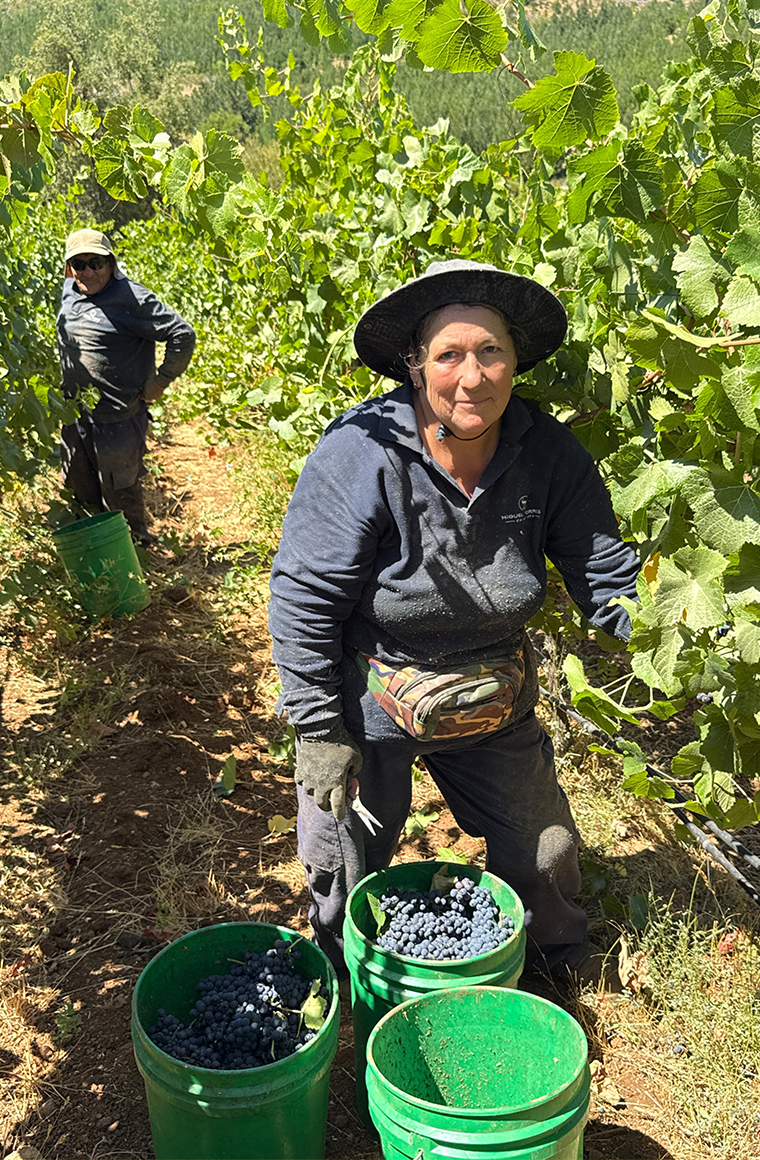
Meanwhile, the grape harvest in this region has been characterised by a warm season, with the first grapes from the vines being harvested here. sauvignon blanc and gewürztraminerThe work began 10 days earlier than in the previous season.
The winter allowed for a good accumulation of cold hours, improving the conditions for sprouting compared to the previous season.
The spring had climatic variations, with a cold start that delayed budbreak, followed by a warm October that accelerated growth. However, November had moderate temperatures, which affected fruit set in varieties such as the Pais and malbec.
January was one of the warmest on record. Thus, with a hot summer, the veraison of the grapes was irregular and prolonged. Vineyard health was affected by the late appearance of powdery mildew (uncinula necator), mainly in chardonnay and carignan. However, efficient agricultural management has succeeded in controlling diseases and optimising vineyard health.
Winter rainfall was abundant in June and August, while the summer was extremely dry. In the rainfed areas, budbreak was late and the high temperatures of the dry season tested the resistance of varieties such as carignan and carmenere.
In terms of yield, the first harvests show a lower production than last year, particularly in sauvignon blanc, where a reduction of between 20% and 40% is estimated depending on the area.
In rainfed farming, varieties such as carignan, malbec and country The grapes show decreases of between 20% and 30%, due to a dry spring and a very hot summer, including heat waves, which affected bunch size and berry fill.
Estimates in the Southern Zone
Finally, in the Osorno Valley, origin of the grapes that give life to the outstanding Cordillera sauvignon blanc, the winter started mild, but ended up being the coldest in the last five years.
The spring was warm and without severe frosts, favouring a good fruit set, even though the clusters of this white grape variety were smaller than usual. The summer was quite dry with moderate temperatures, except for a few days in December and January, when temperatures reached 30°C. To date, 756 mm of rainfall has been recorded.
Forest Fires
Rising temperatures in January and February generated forest fires in several areas of Chile, especially in La Araucanía, burning 28,131 hectares, 101% more than the previous season. Fortunately, the fires near vineyards occurred before veraison, so the smoke is not expected to affect the quality of the harvest.
More information at http://www.migueltorres.cl

